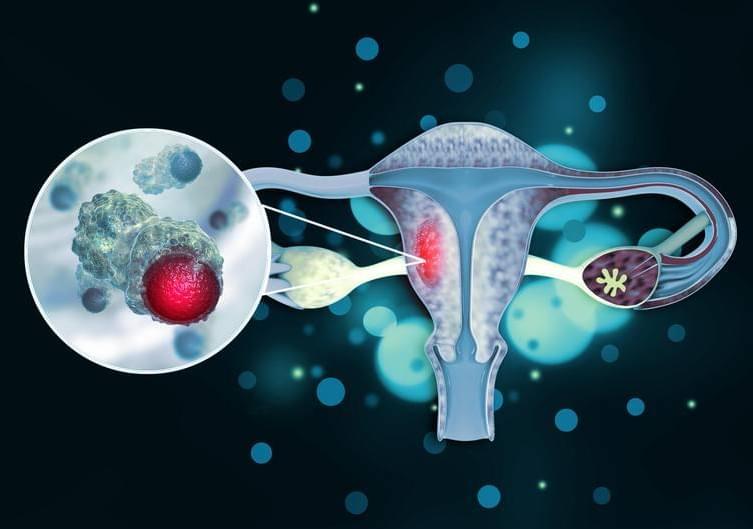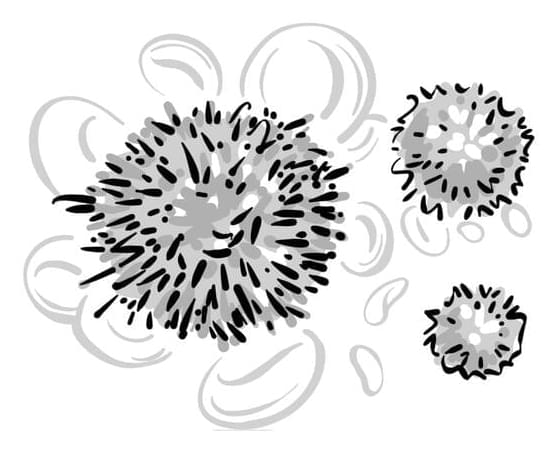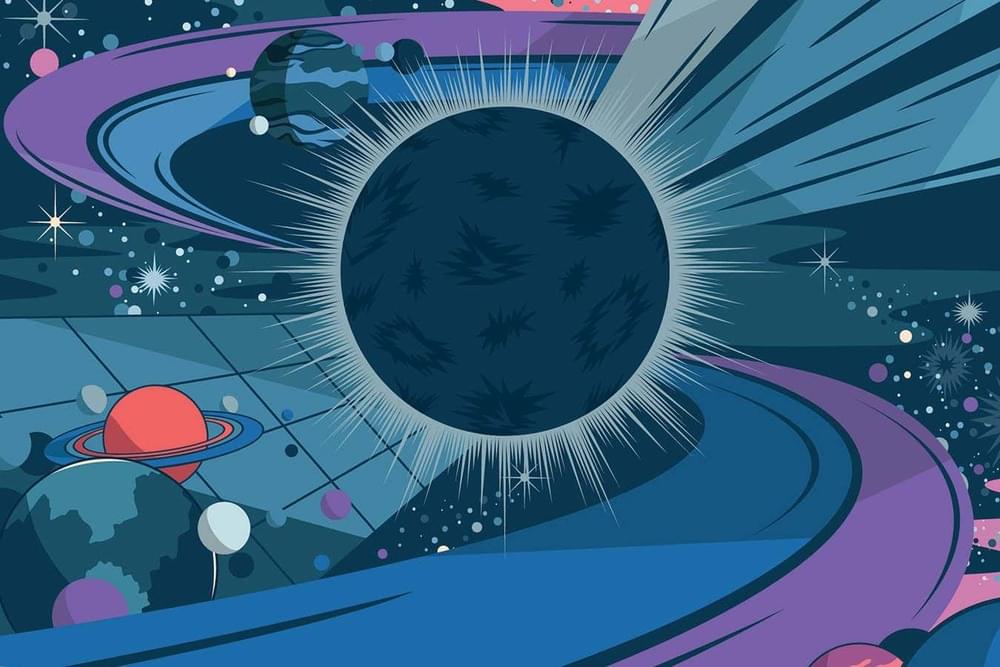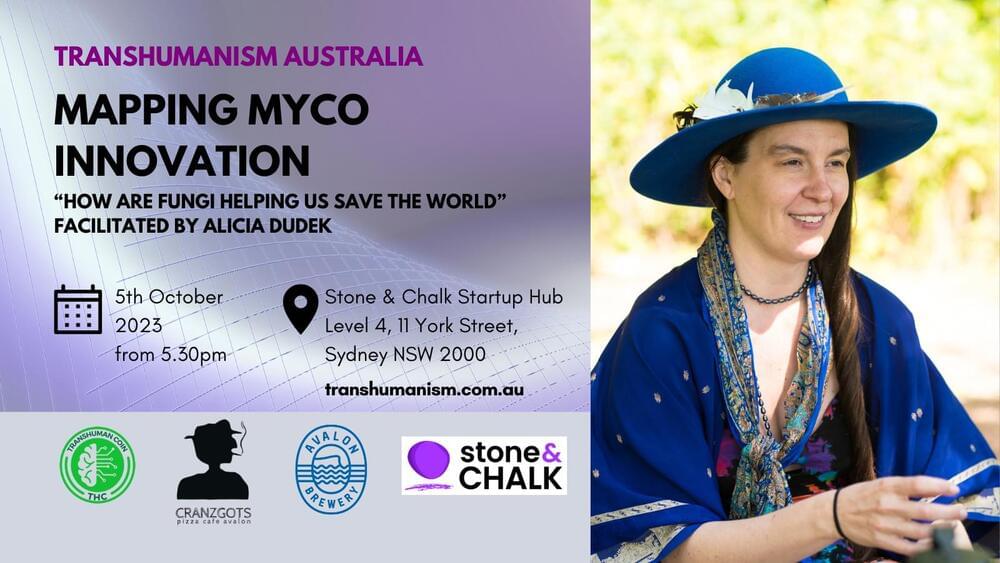Beguš is a linguist at the University of California, Berkeley. He got the chance, last summer, to observe sperm whales in their wild Caribbean habitat off the coast of the island nation of Dominica. With him were marine biologists and roboticists. There were also cryptographers and experts in other fields. All have been working together to listen to sperm whales and figure out what they might be saying.
They call this Project CETI. That’s short for Cetacean Translation Initiative (because sperm whales are a type of cetacean).
AI translates human languages with ease. Researchers are now using this tech to analyze the sounds of whales, rodents and many other animals.




